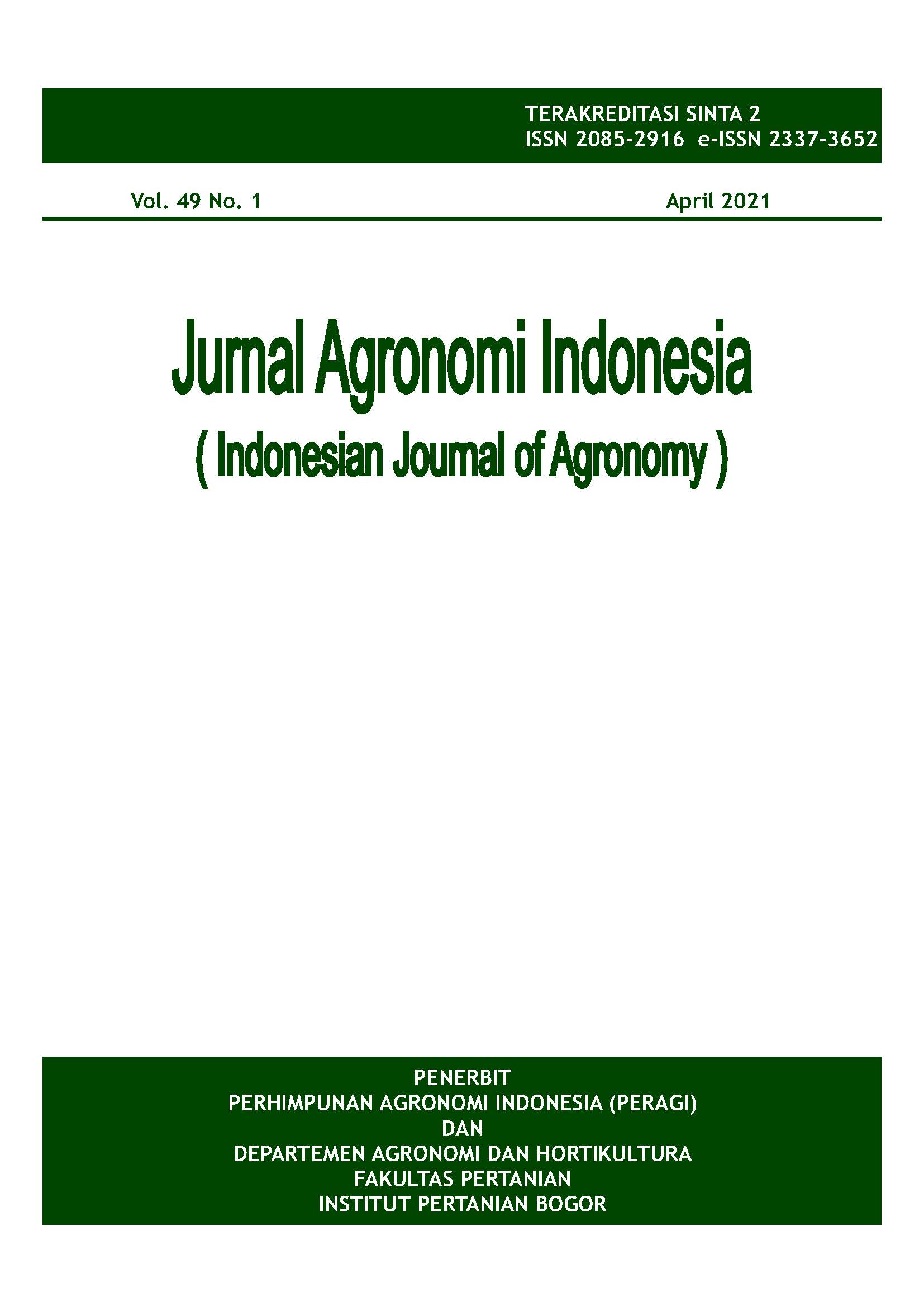Isolation of Mercury-Resistant Endophytic and Rhizosphere Microorganisms from Grasses in Abandoned Gold Mining Area
Abstract
There were about 900 hotspots of artisanal and small scale gold mining (ASGM) in Indonesia that recovered gold through amalgamation and cyanidation techniques. Amalgamation technique causes mercury (Hg) pollution to the soil. This study was a preliminary study that aimed to isolate Hg-resistant endophytic and rhizosphere microorganisms from pioneer grasses in the Hg-polluted soil. The most potential microorganism will be used for Hg phytoremediation in the future study. Pioneer grasses were collected from the abandoned gold mining area in Central Lombok Regency, West Nusa Tenggara. Total microorganisms were counted using Colony Forming Unit (CFU) or Standard Plate Count. The microorganism colony was characterized based on morphological characteristics. Hg-resistant endophytic and rhizosphere microorganisms were successfully isolated from pioneer grass (Cynodon dactylon and Eleusine indica) in the study site. The colonies of rhizosphere microorganisms were diverse morphologically compared to endophytic microorganisms based on the number of isolated microorganisms, 20 isolates and 17 isolates, respectively. The density of rhizosphere microorganisms was higher (96%) than endophytic microorganisms (4%). The density of rhizosphere bacteria and fungi were 47x103 and 2x103 CFU g-1, respectively. However, the density of endophytic bacteria and fungi were only 2x103 and 1x103 CFU g-1, respectively.
Keywords: endophytic microorganism, Hg-resistant, microorganism density, rhizosphere microorganism













